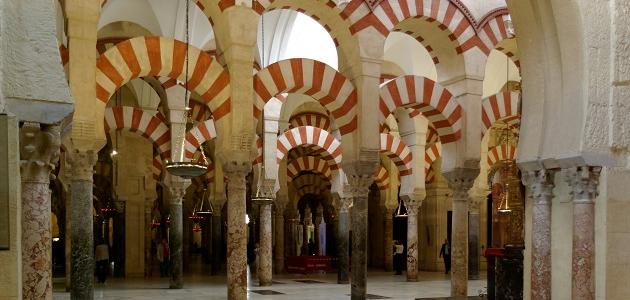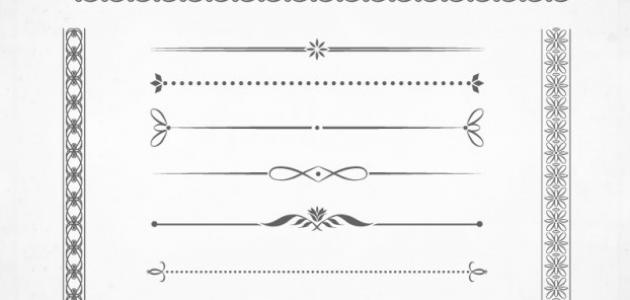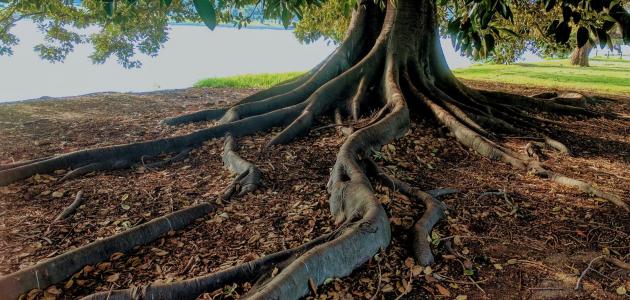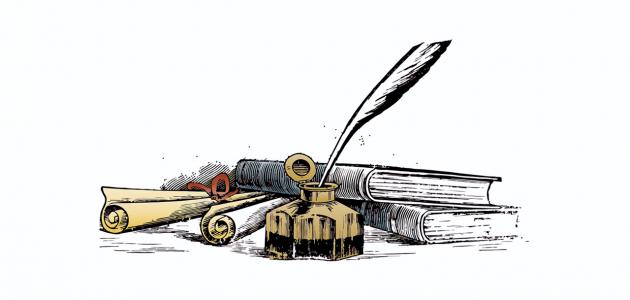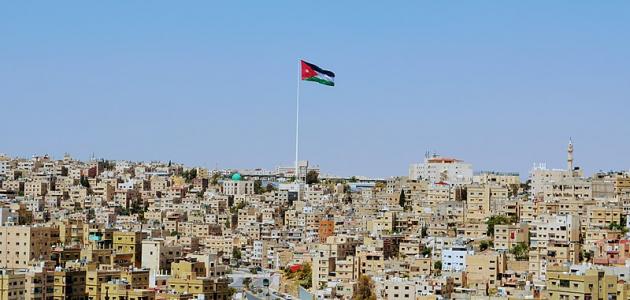The origins of muwashahat
Muwashahat originated in Andalusia in the third century AH. Like any new art, the origin of muwashahat was not clearly defined. As a result of this ambiguity, it became difficult to determine its first maker or the year in which it was created. Ibn Bassam believed that Muhammad bin Mahmoud al-Qabri was the first inventor of it, while Ibn Khaldun mentioned that the first inventor of the muwashahat was Muqaddam bin Maafi al-Furairi during the reign of Prince Abdullah bin Muhammad al-Marwani.
Ancient literary historians agreed on the precedence of the people of Andalusia in developing the art of stanzas, and they were the ones who laid down its rules and principles and facilitated the way for those after them to weave poetry in it. As the great prosperity witnessed by Andalusian poetry in all its arts, starting with the imitation of the poets of the East, and their distinctive creativity in describing the nature of their country; Which resulted in new manifestations that made the Andalusian poet tend towards renewal and freedom from the old metres, which had become incapable of containing and expressing the strong emotion of the Andalusian poet, so it became necessary for a new poetic art to express this emotion, so it was the muwashah.
The origin of the muwashahat
The origin of the muwashah has received great attention from scholars of the art of the muwashah. There is no researcher who has studied the art of the muwashah without examining its origins and origins. Arab and Orientalist researchers have adopted different opinions that have resulted in diverse and disparate trends. Each team was armed with evidence to confirm the validity of its opinion, and these trends were as follows:
Read also:What are the shrines of Badi al-Zaman al-Hamdhani?- Foreign direction: The proponents of this opinion held that the Mwashah was an imitation of ancient European poetry that the Spaniards knew before the Arabs came to Andalusia, and that the Mwashah took its main elements from Spanish popular song pieces, and they based their opinion on the following:
- The foreign accents that appeared in some of the Muwashahat came as an imitation of Spanish folk singing.
- Most of the stanzas depart from the meters of the traditional Arabic poem, which adhered to the meters of Khalil bin Ahmed, and followed the meters of ancient European poetry.
- Women flirt with men, and this is contrary to what was written in the traditional Arabic poem.
- Oriental direction: This group considered that the beginning of the emergence of muwashahat occurred in the East, and the evidence of those who hold this opinion was as follows:
- There were attempts in the Arab East to deviate from the unity of meter and rhyme, and this was represented in the art of naming, which appeared in the pre-Islamic era, and was attributed to the poet Imru’ al-Qais. This art was considered the first beginning of the emergence of the muwashah in the East, so that it began to develop in circles until it ended in the final form that He appeared in Andalusia.
- A group of Arab researchers attributed the famous “O Saqi” to Ibn al-Mu’tazz. He was an Abbasid poet from the East who had no connection to Andalusia. He died in 295 AH. They considered this the greatest proof of the emergence of the Muwashah in the East before Andalusia.
- Singing and music; These arts were first known in the East before Andalusia, which introduced music through Ziryab. He was the one who brought about a qualitative shift in it, and established a famous Andalusian music school.
- Andalusian trend: The owners of this movement said that the Mawwashah originated in Andalusia. It is an art that the Andalusians invented, and they excelled and composed poetry in it, and distinguished themselves from the Orient in it until it became a distinctive mark in the literary history of Andalusia. The owners of this trend presented many proofs, including:
- Sayings of Arab poetry researchers that stanzas are an art that the poets of Andalusia became independent with.
- Suitability to the Andalusian nature, which helped poets to create and excel in this art.
- Andalusian poets were influenced by Spanish singing, which played a major role in the emergence of the art of muwashah in Andalusia.
- Levantine singing arrived in Andalusia through Ziryab and was influenced by local poets.
Factors for the emergence of muwashahat
Andalusia was characterized by a beautiful nature that had the greatest role in the emergence of the art of muwashah. In addition to that, the wide spread enjoyed by singing and entertainment in the councils of rulers, princes, and governors, in addition to the general public. This spread reflected the Andalusian personality, which enjoyed an artistic sense and literary independence. It also reflected what... The Andalusian environment enjoyed luxury and civilization, and this artistic prosperity had an important impact on poetry and poets, especially after the arrival of Ziryab and his publication of his art there. It seems that the people of Andalusia felt the stagnation of the traditional Arabic poem in the face of renewable, flexible melodies, and from here the need became urgent for a new poetic art that excels. With a variety of meters and multiple rhymes, it suits music and singing in their many different melodies.
Read also:How to write a descriptive essayIn addition to what was mentioned, a social phenomenon emerged, represented by the mixing of the Spanish and Arab peoples, resulting in a new people. This mixing led to a duality in the language, so the Muwashahat were formed from Classical Arabic, except for the Kharja, which took its wording from colloquial Andalusian.
